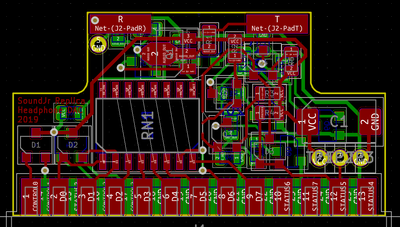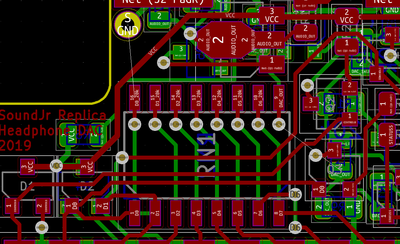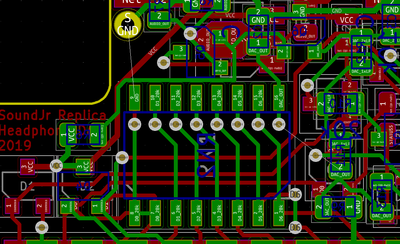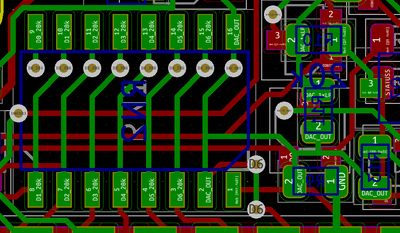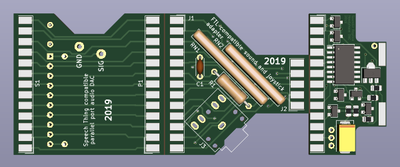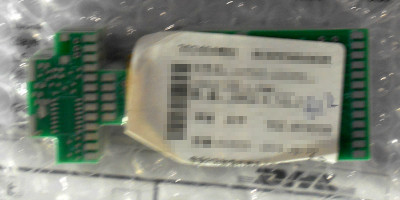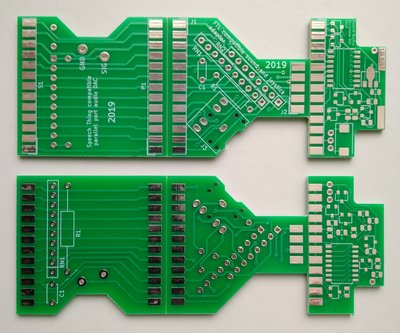matze79 wrote:Paralel wrote:So, this is what you get when you put them together? Interesting.
I'm very sorry I couldn't be more help with working out the design for the SoundJr. In the end the only thing I could do is get the original software. I'm glad you were able to determine it is an 8+3 system. I didn't think the original designer was stretching the truth. In the end it seems obvious that the SoundJr. would be a far better design to use for anyone that wants to build a covox/covox-like device since it can do everything a speech thing can do, plus more, as I originally surmised.
Hm i don`t see any "+". except for using a Headphone without Amplifier.
I would say being able to use headphones without an amplifier is a nice +, and double the frequency range of the Speech Thing, along with volume control. However, as Benedikt said, those features markedly increases the cost and complexity of the device. When the devices in question were contemporary, that would obviously be a considerable factor. These days, considering the price of the hardware, the difference is much smaller, so the benefit of using a clone of the Speech Thing, compared to a clone of the SoundJr. becomes much more debatable.
Benedikt wrote:It is indeed clearly superior. Unfortunately, it will also have between three and four times the BOM cost and it will take abou […]
Show full quote
Paralel wrote:In the end it seems obvious that the SoundJr. would be a far better design to use for anyone that wants to build a covox/covox-like device since it can do everything a speech thing can do, plus more, as I originally surmised.
It is indeed clearly superior. Unfortunately, it will also have between three and four times the BOM cost and it will take about ten times as long to assemble it by hand, at least without special equipment.
I do however plan to do some component substitution to reduce the cost:
- The Bourns 4816P-1-103LF / 4816P-1-203LF resistor packs are electrically and mechanically equivalent to those in the SoundJr and only cost half as much
- The M1MA152WKT1G diodes are practically identical to the DAN202K, except for a lower current rating which does not matter here
- A BCX51-10 transistor by Diodes Incorporated should be just as good as any other
- ON Semi MSA1162GT1G (PNP) and MSD601-RT1G (NPN) should be acceptable substitutes for ROHM Semi MMST2907A and MMST2222A, but I'd get more than twice as many for less than half the price and six out of eight are only for switching, anyway.
- Tantalum capacitors in a slightly smaller C package are cheaper than the ones in a D package, but should still fit and have suitable voltage ratings, nowadays
Combined with the savings from squeezing all three designs on one board, that should enable a reasonably appealing sub-€10 price point for a SoundJr DIY kit, provided that everything works out as expected.
Subbing in parts makes sense to me. I am sure, at the time, the given parts used made sense. However, parts price and availability change, especially over such a large span of time. As long as there is no material difference, I'd say go for whatever makes the most sense from a pricing perspective. Anyone expecting to get a parts perfect replica would be crazy. None of the Speech Thing clones are anywhere close to the originals as far as the parts used.
